Cyclamen is a fairly popular indoor plant. Often you can find another name for this flower - Cyclomania. The peculiarity of this species lies in the winter flowering period, when most plants rest. Cyclomania, the beauty of which can be seen in the photo, requires special care at home, because it is a rather capricious flower.
Content
The birthplace of cyclamen and the history of flower cultivation
The homeland of a houseplant is considered to be Spain and Central Europe. In the wild, cyclamen is found on the Crimean peninsula, in the foothills of the Caucasus, in Iran, Africa and the Middle East.
In the XIX century, the British began to grow cyclamen as an ornamental plant. Wealthy people planted it in their greenhouses along with exotic species. In indoor floriculture, he began to be bred in 1731 in France. The first cyclamens had small white flowers, which were several times smaller than in modern varieties. The Persian cyclamen, which is the first roomman, became the basis for the creation of a wide variety of varieties and hybrids.
Indoor plant characteristics and species diversity
Cyclomania belongs to the family Primrose, which includes about 20 varieties. The herbaceous perennial has basal leathery leaves, which are painted in dark green and have a heart-shaped shape. Foliage forms on long grayish stems, the length of which can reach 30 cm.
The flower petals are a little pointed and bend back, which makes them look like bright butterflies. To date, there is a huge variety of plant color palettes: from snow-white, pink and purple. Florists appreciate this species for the duration of flowering (up to 3.5 months). The flowering phase begins in October and lasts until March inclusive.
 You may be interested in:
You may be interested in:In indoor floriculture, only two types of cyclomania are grown:
- Persian cyclamen has a more pronounced aroma of flowers. Its height can reach 30 cm. Numerous varieties can have red, pink or white flowers. In the photo you can see that the stems on which the flowers form are quite high. The plant blooms in the winter, and rests from May to July. The plant can be propagated only with the help of seeds.
- European cyclamen was considered the most popular plant in the Soviet Union. Its distinguishing feature is a weakly expressed or completely absent period of rest. The flowering phase occurs in the summer, which is unusual for most cyclamens. A transplant of this type is carried out every 2-3 years. The plant is often called "purple" due to the reddish color of the lower part of the foliage.
Cyclomenia Care at Home
Most gardeners consider cyclamen one of the most moody home plants. In fact, the flower is not so whimsical, and the conditions that require growing it are quite simple to create in the apartment.
Lighting
The plant does not like too bright light.It is important to ensure that the leaves are not burned by the scorching sun. Illumination plays an important role in the full development of the flower, so you should carefully choose a place for the flowerpot.
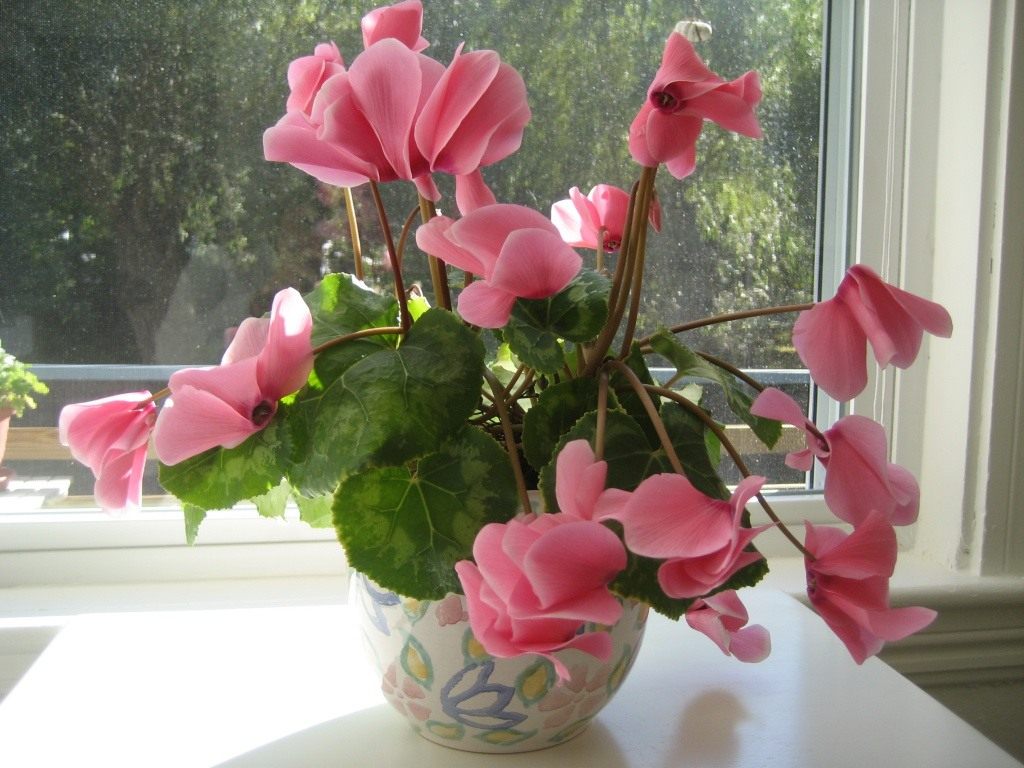
If you put the pot near the south window, then you need to shade the cyclone from direct rays. On the north side, the flower will miss the sun, which can negatively affect flowering.
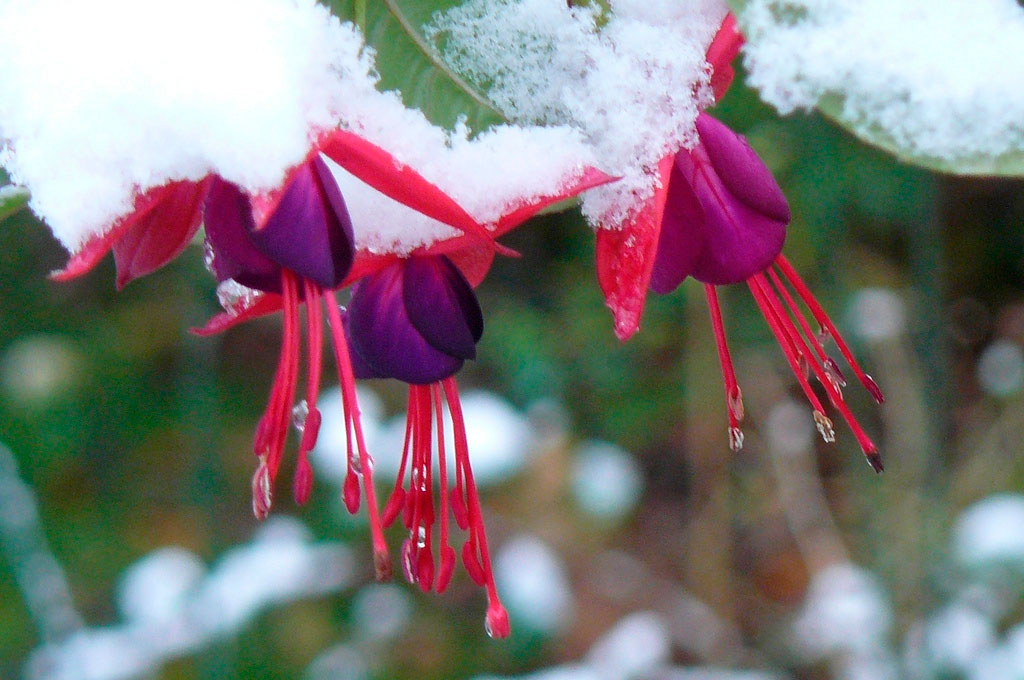 You may be interested in:
You may be interested in:Temperature and humidity
Proper temperature is the key to healthy growth and long flowering. In winter, it is necessary to maintain the room temperature within 10-12 ° C. At higher rates, the plant will feel uncomfortable and will begin to discard foliage. Elevated air temperature also affects flowering.
Cyclomania prefers high humidity habitat. During the active growth of the leaf part, it is periodically sprayed from the spray gun. After the formation of the buds, the spraying is stopped, because the ingress of water can provoke their decay.
Some gardeners do not recommend moistening the plant in this way. They argue that getting water on leaves and buds is fraught with the appearance of fungal diseases. The best way to increase humidity is to place the pot in a container with wet pebbles.
Watering and feeding
For watering, it is advisable to use soft water. For this procedure, rain, settled or purified water is suitable, the temperature of which should be several degrees below room temperature. In the flowering phase, watering should be plentiful.
It is important to remember that cyclamen tolerates drought better than waterlogging. At the same time, the earthen coma should not be allowed to completely dry out. Watering is done when the top layer of the substrate is dried. Do this carefully, because the ingress of fluid into the core of the flower often provokes rotting of the tuber.
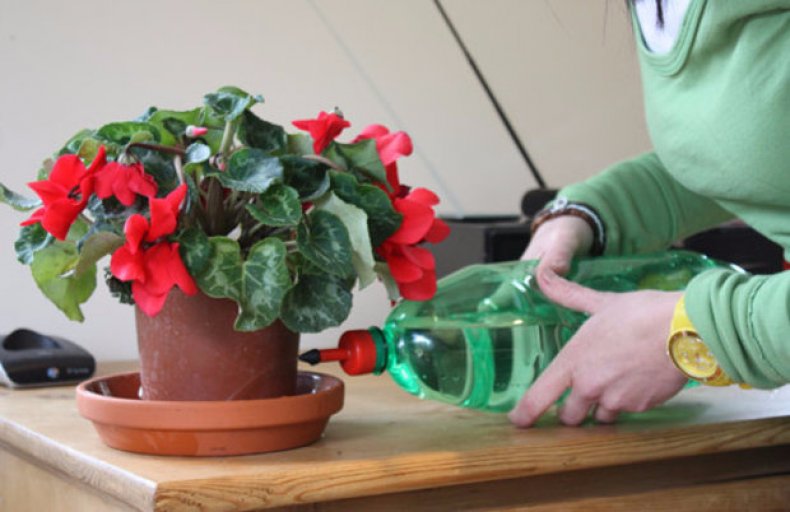
Most indoor flowers are fed twice a month, but cyclamen does not apply to them. Fertilizer can be applied no more than once a month. Top dressing can significantly extend the flowering period, so at this time you can increase the frequency of their application up to once a week.
 You may be interested in:
You may be interested in:It is possible to fill the soil with micro- and macroelements with the help of Floretta No. 1 preparation. It not only provides the flower with complete nutrition, but also serves as an excellent prevention of diseases. The composition of top dressing includes the following substances:
- double superphosphate;
- potassium;
- nitrogen;
- phosphorus;
- ammophos;
- magnesium sulfate and potassium.
Using this drug is very convenient, because it should be applied once every three months.
In flower shops, there is a huge selection of various fertilizers: Ideal, Tsvetovit, Kemira-Lux, Fitovit. But top dressing can be done independently. As a source of phosphorus, zinc, potassium and a number of other useful elements, you can use wood ash. To do this, dissolve in 1 liter of water at room temperature 3 tbsp. l ashes.When transplanting, you can add dry ash to the substrate, which is the prevention of tuber decay.
Rest period
After flowering, most cyclamen begin to drop foliage and gradually go into a dormant state. Dry flowers and yellowed leaves are carefully removed along with the stems and peduncles. When the aboveground part begins to fade, watering should be gradually reduced until they are completely stopped. The pot with tubers is transferred to a cold room, laid on its side and left until about July.
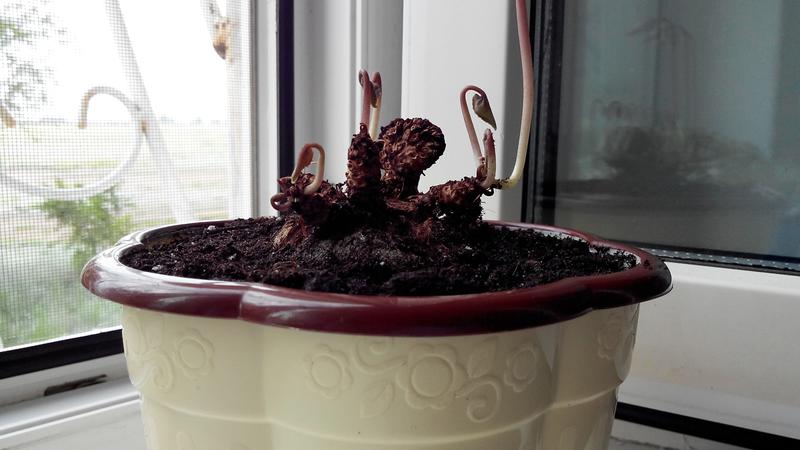
If the flower does not want to rest, then do not forcibly send it to sleep. In this case, the flowerpot is transferred to the shade so that the sun's rays do not burn the foliage on hot days. In young specimens, the dormant period is often absent, and cyclamen continues to please flowering. At this time, do not forget about top dressing and regular watering. With age, young cyclomania themselves will adjust their rest time. Some species remain with foliage year-round.
Diseases and Pests
With proper care, the flower is rarely sick and practically does not interest insects. In a weakened form, cyclomenia undergoes the most common diseases:
- Fusariosis is a fungal disease. The first symptom of fusarium is yellowing of the tops of the leaves. Most often, only one side of the flower is affected, and the other continues to grow normally. For treatment using 0.1% Fundazole, which is watered under the root of the plant. The deciduous part is sprayed with 0.1% Topsin-M.
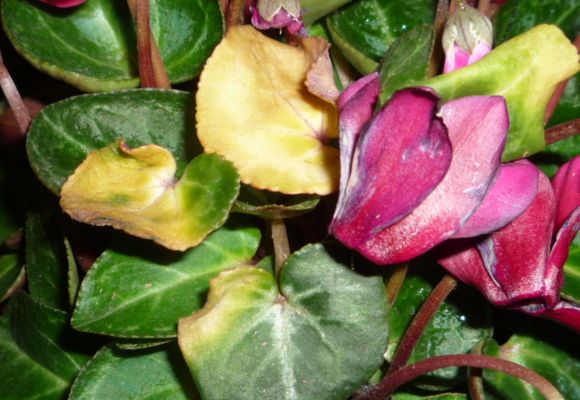
Fusarium - Gray rot occurs under improper conditions. The main cause of the disease is increased humidity and improper watering. When gray rot appears on the leaves, a gray mold forms, the affected parts gradually die. To combat the disease, moldy places are removed, the room is often ventilated, less often spraying is carried out and watering is reduced. Important!Cyclomania should be watered in the morning so that the soil dries out a little before night. A sick plant must be treated with fungicide.
The most common insects that can harm cyclomania are the following:
- cyclamen tick;
- aphids;
- thrips.
To destroy aphids, take a cotton pad, moisten it in an insecticide (Commander, Actara) and process the aerial part of the flower. After treatment, the plant is bathed under high pressure. Thrips can be destroyed as follows: 5 ml of Acarin is diluted in 0.5 l of water. The resulting solution is treated with a flower, and after a few days the treatment is repeated.
Cyclamen tick with late diagnosis can destroy the plant. Treatment is rarely effective, but some growers advise to immerse the pot in hot water for 15 minutes. Water temperature should be 45˚С. After the procedure, the pot is carried in a shaded place for several days.
How to propagate and transplant a flower at home
At home, it is quite difficult to propagate cyclamen, but with all the recommendations, this is quite possible. Most often, the plant is propagated by seed. Ready seeds can be bought at the store or obtained from your plant. Reproduction occurs as follows:
- mature seeds are soaked for a day in warm water;
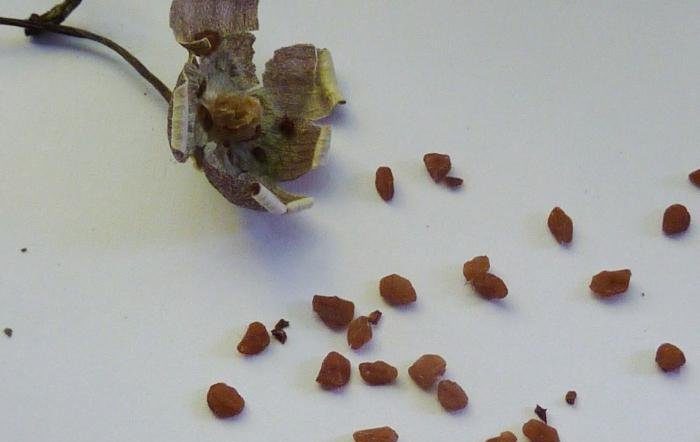
Cyclamen seeds - planting material is sown at a great distance from each other and sprinkled with a small layer of vermiculite (up to 5 mm);
- a container with seeds is transferred to a shaded place with a temperature of not more than 20 ° C;
- the first shoots appear after 1.5-2 months;
- after the formation of 2-3 leaves, young plants are transplanted into separate pots.
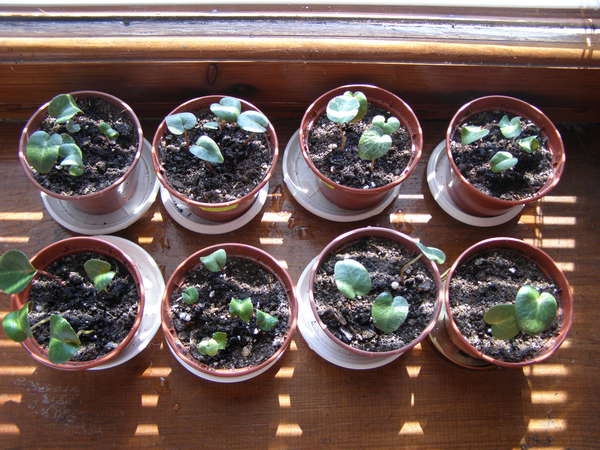
Cyclamen sprouts
When propagating a plant using a tuber, make sure that the tuber has several eyes. The tuber is dried, a piece with one eye is cut from it. Slices are treated with an antiseptic. The separated piece is planted in a prepared pot.Despite the correctness of this procedure, the tubers often die.
At the end of summer, it is worth thinking about a cyclomania transplant. The soil for the plant should consist of the following components:
- 1 part of turf land;
- 1 part peat;
- 1 part of sand;
- 2 parts of sheet land.
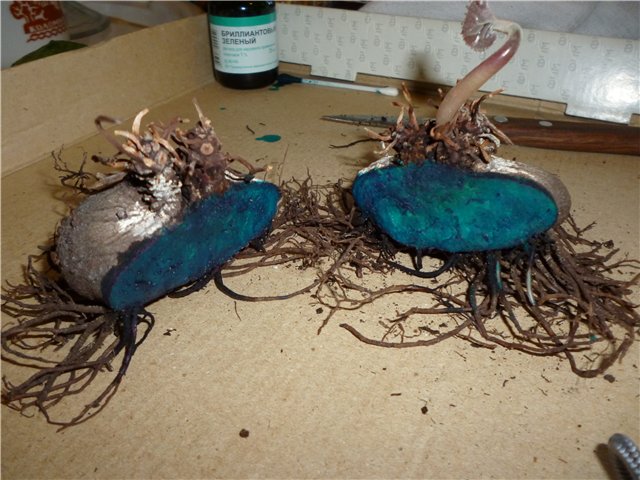
The flowerpot is selected small and necessarily shallow. The bottom of the pot is lined with a quality layer of drainage. Old soil is shaken off from the roots, cutting off damaged parts.
The tuber is placed in the soil only halfway, so that at least 1/3 of the tuber remains above the surface.
Common Growing Questions
Cyclomania fascinates anyone who has ever seen its stunning flowering. If you follow all the recommendations for care, you can grow a beautiful flower that will decorate any corner of the house with bright colors.

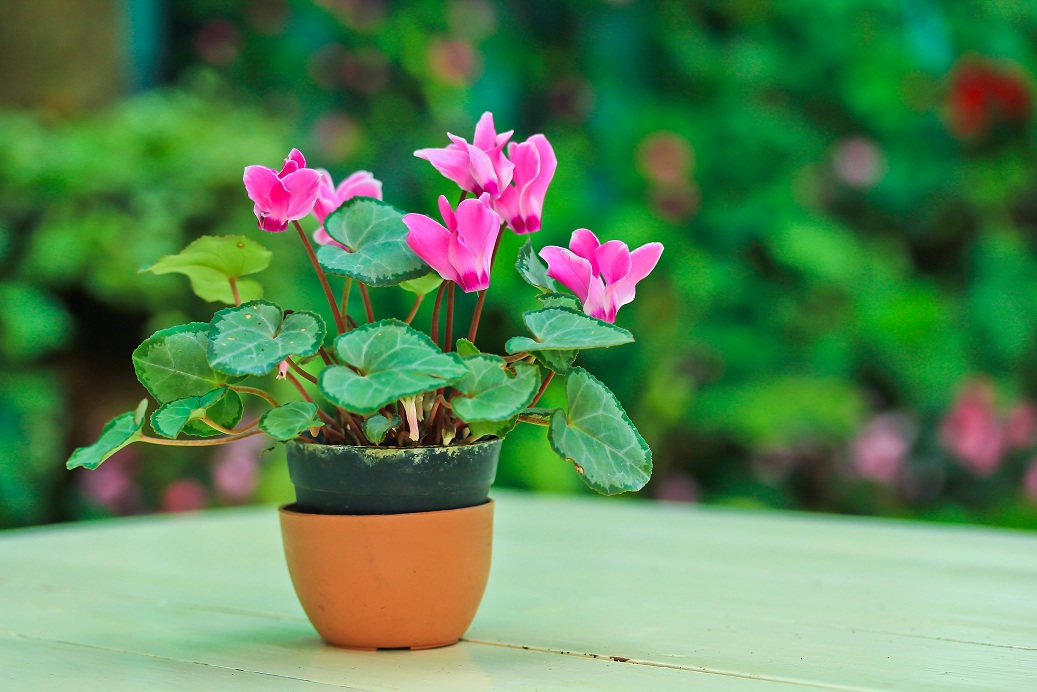
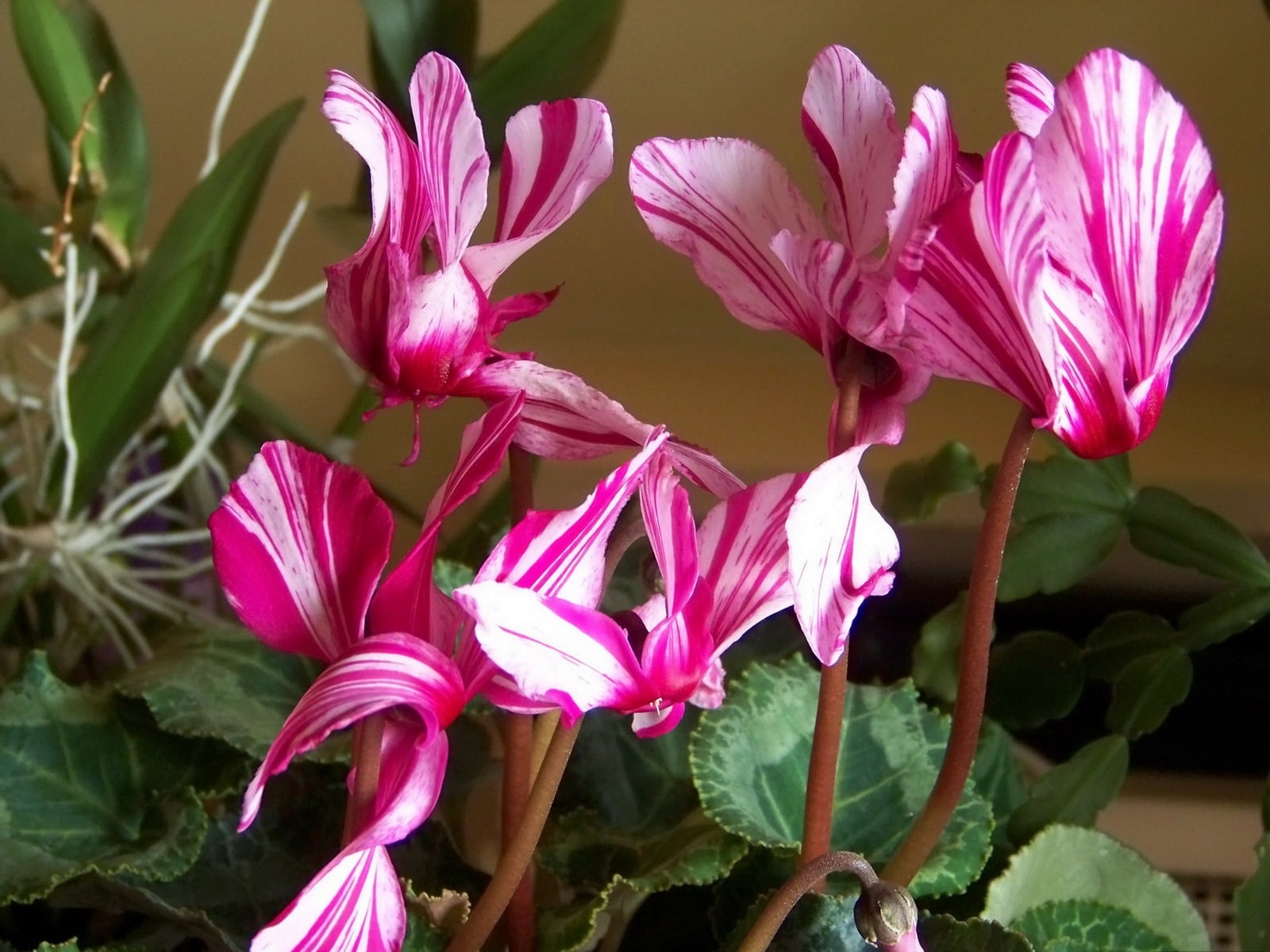
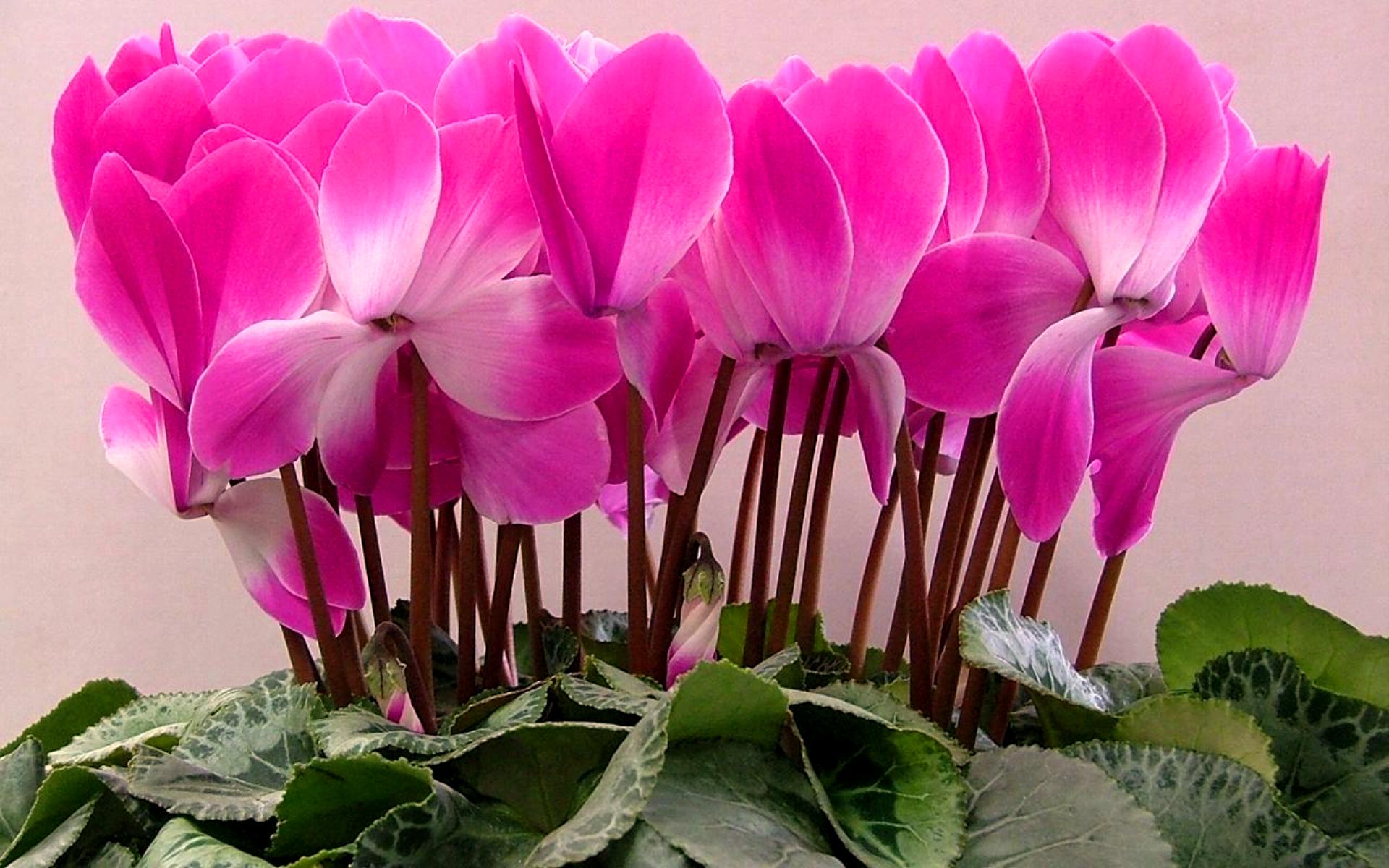
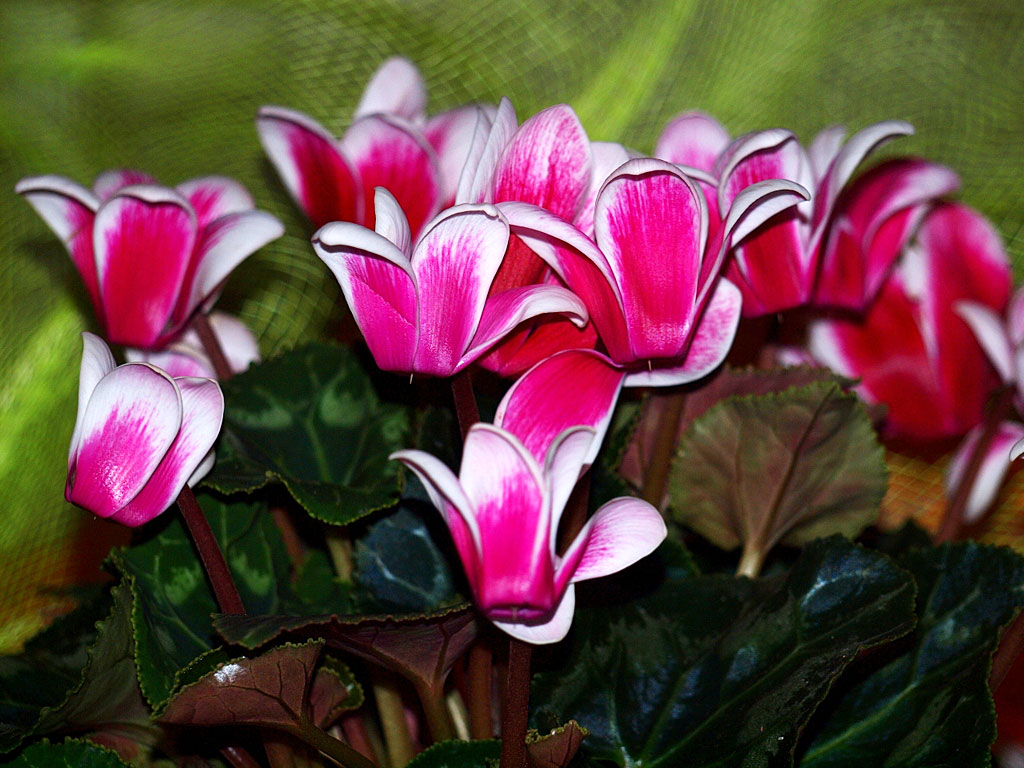
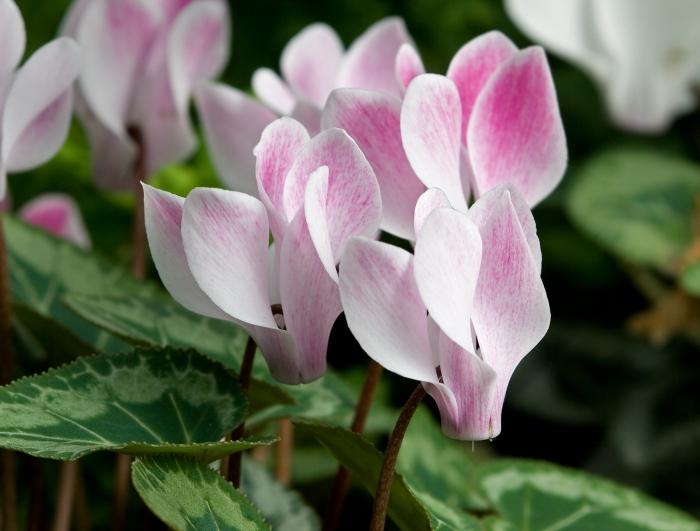
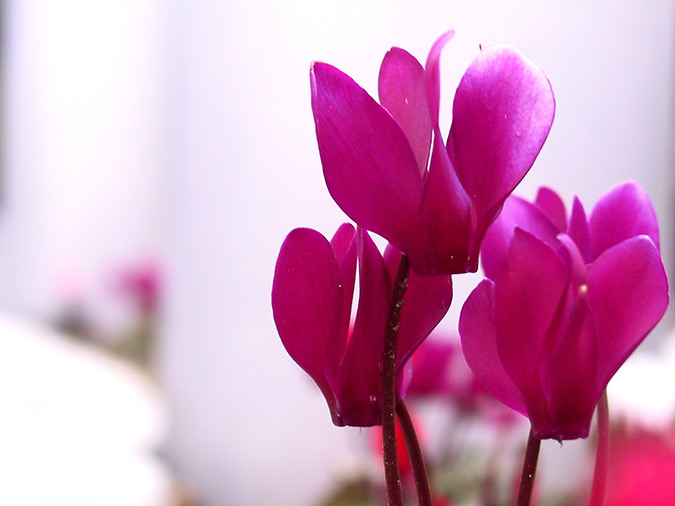
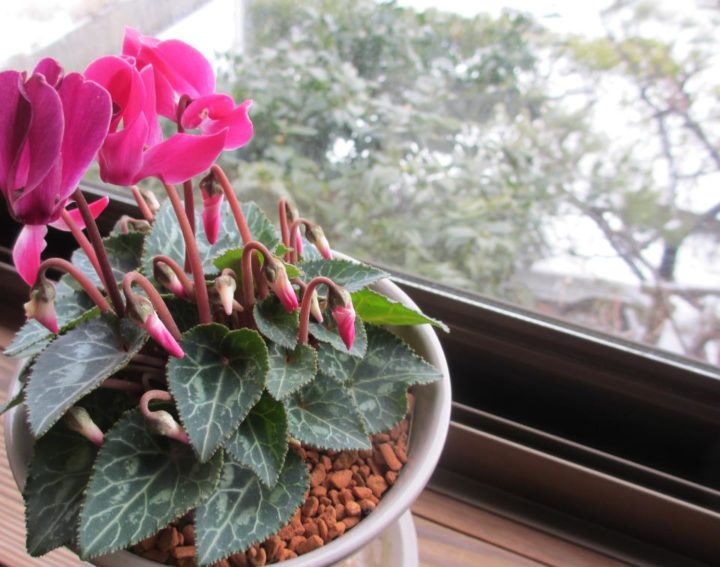
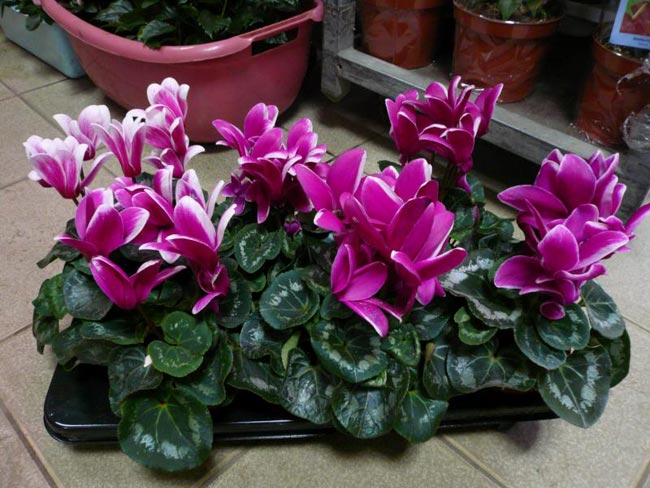
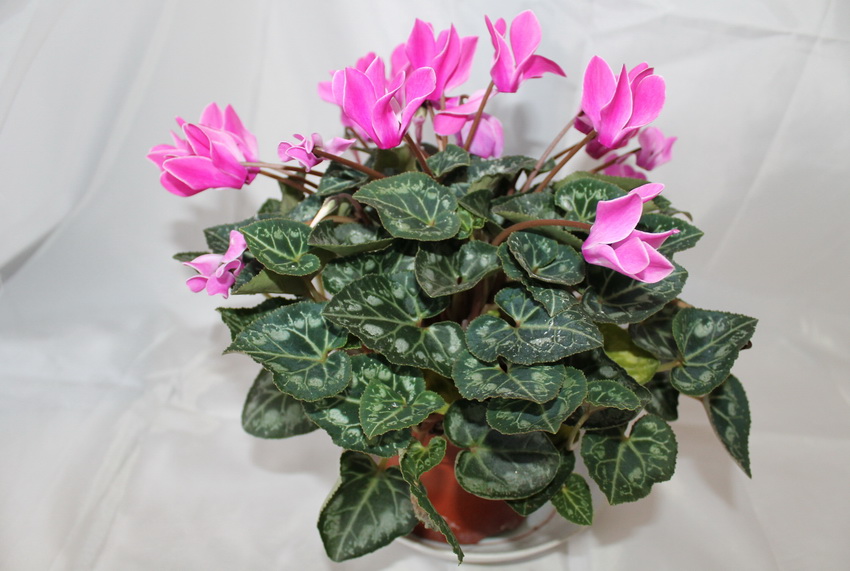


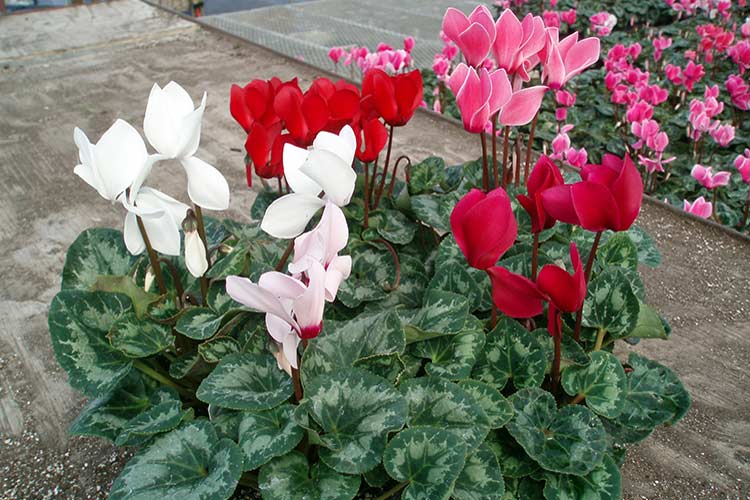
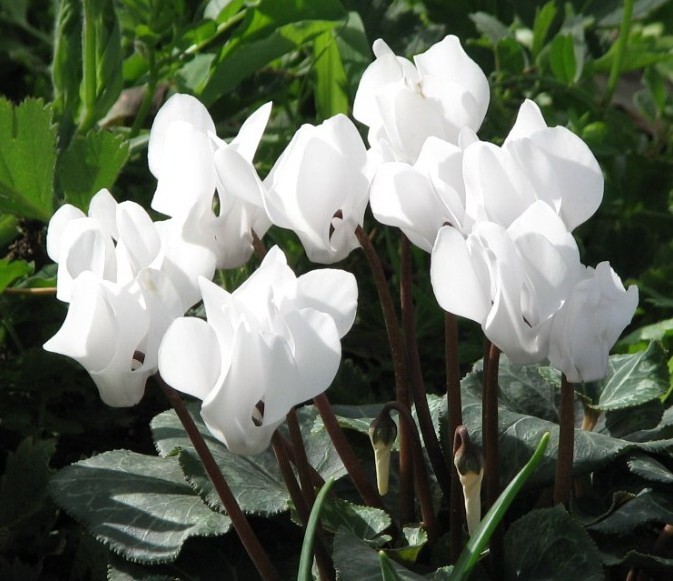
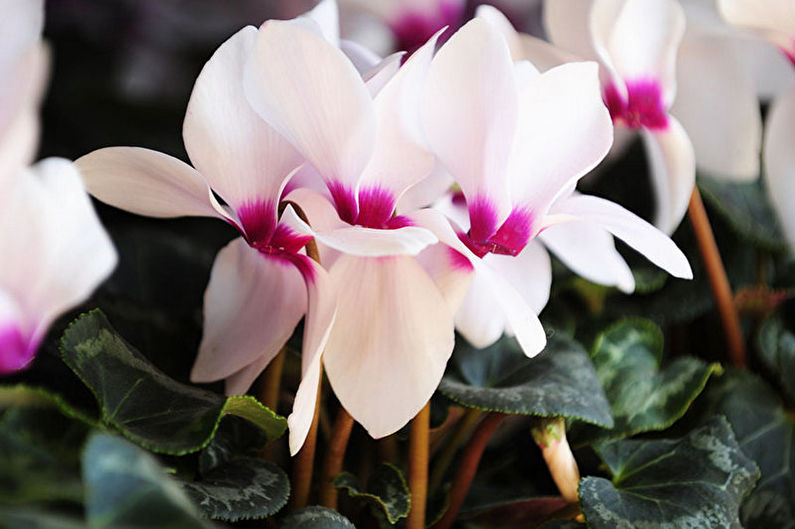
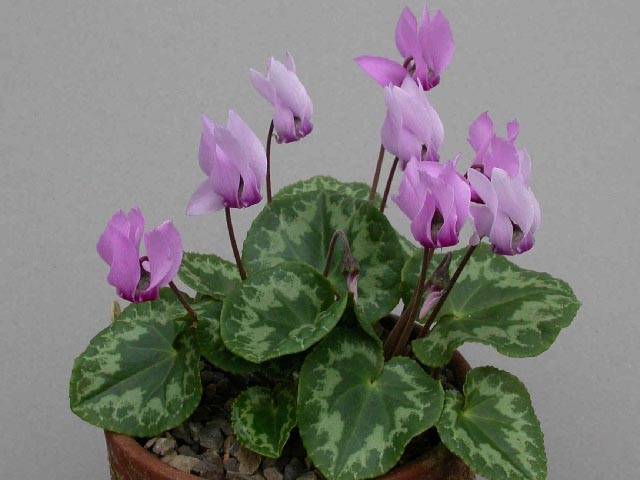
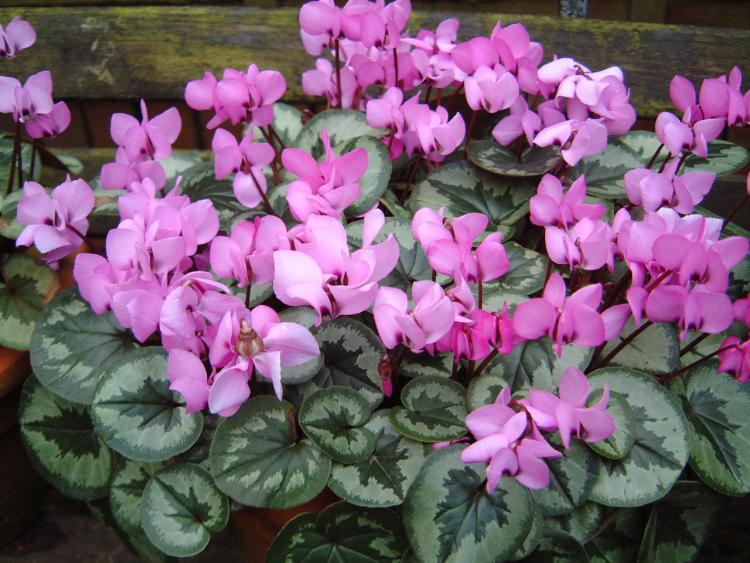
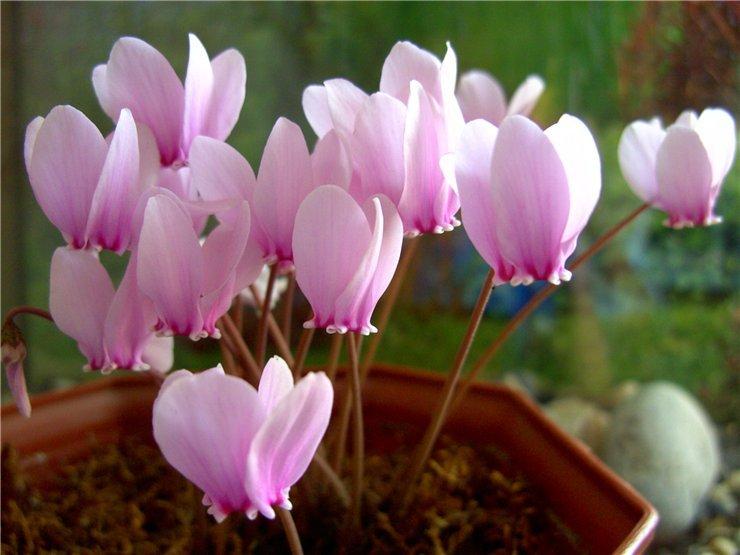
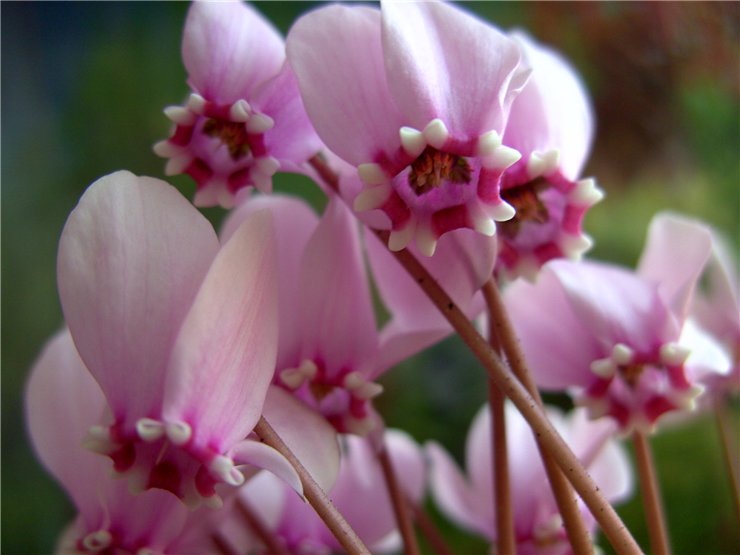
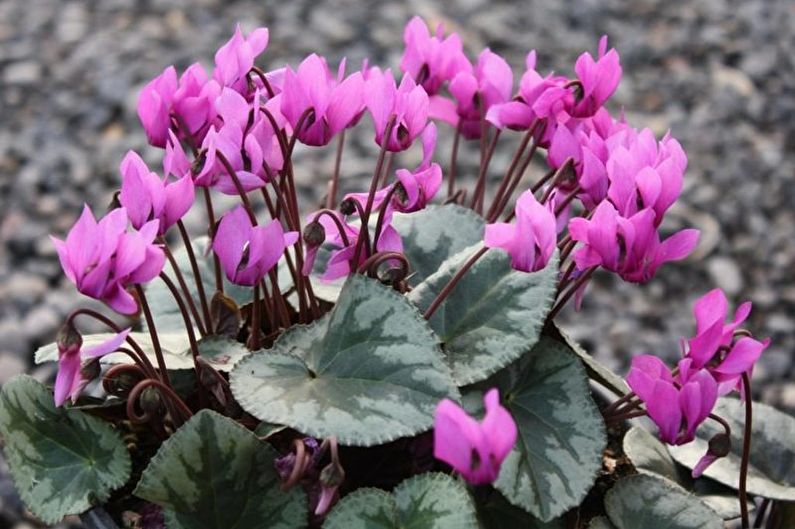
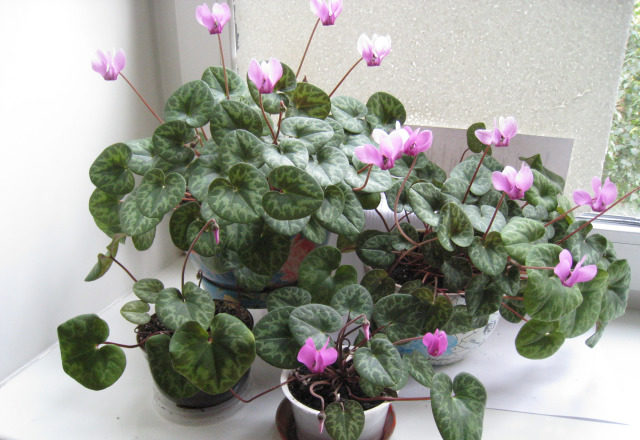



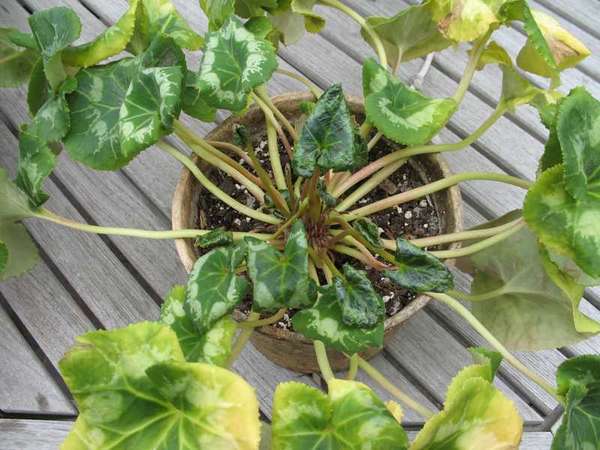
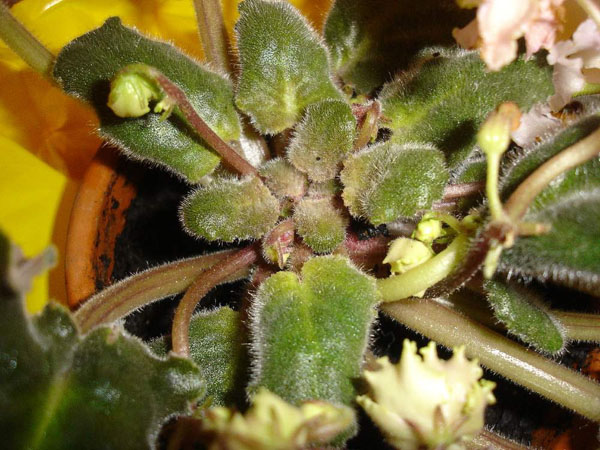
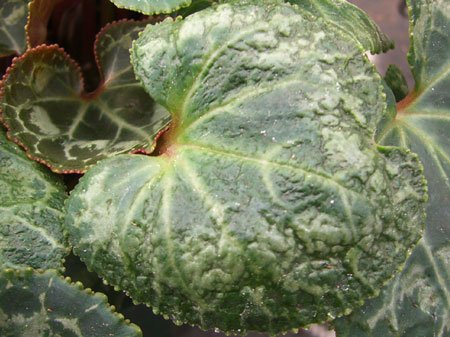
 Sow in the ground, without seedlings: 10 beautiful and unpretentious flowers
Sow in the ground, without seedlings: 10 beautiful and unpretentious flowers Platicodon planting and outdoor care
Platicodon planting and outdoor care Hosta - planting and care in the open ground in the Urals
Hosta - planting and care in the open ground in the Urals Oleander - care and growing at home
Oleander - care and growing at home